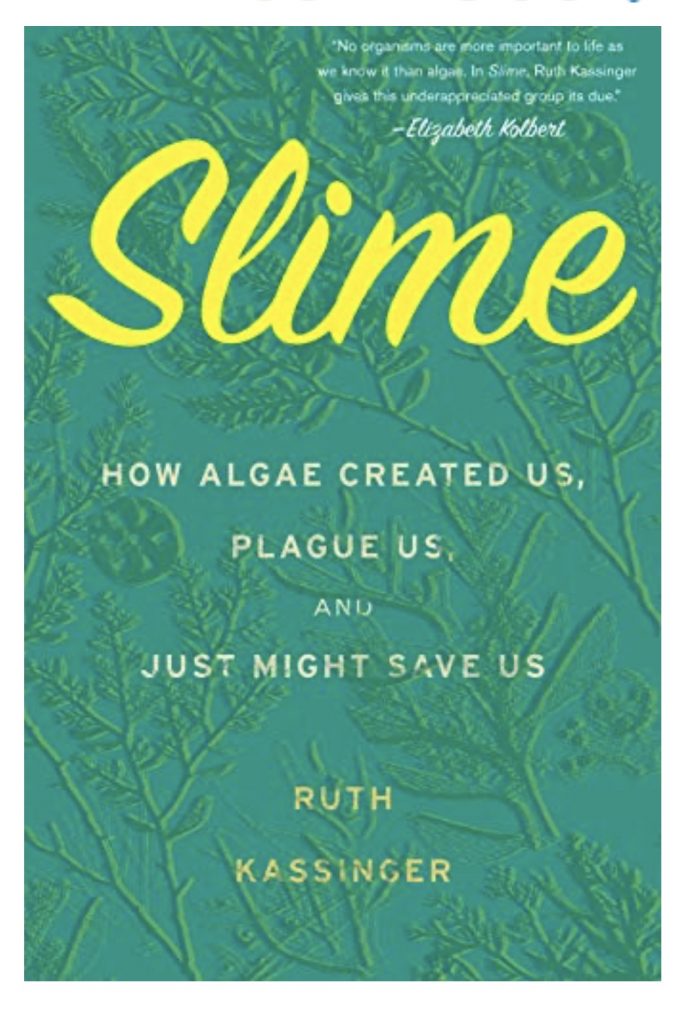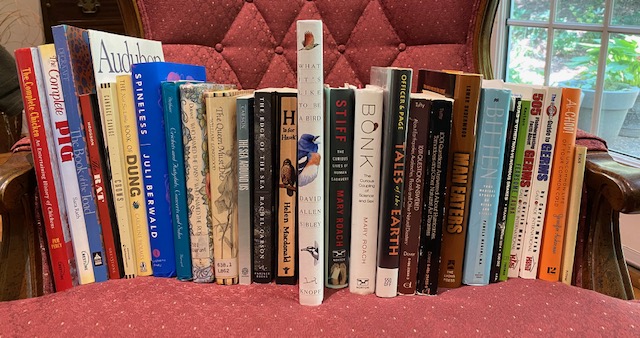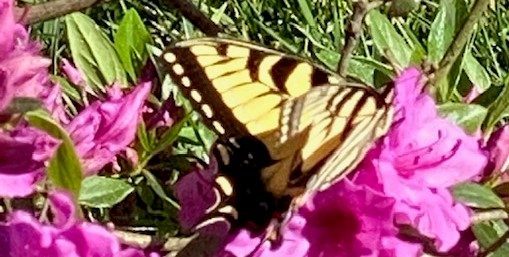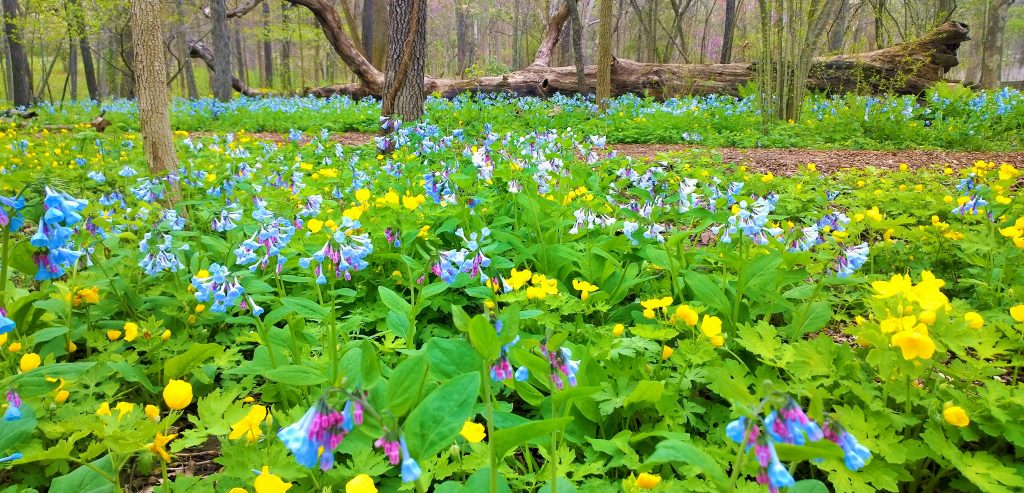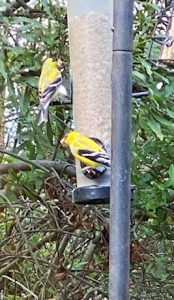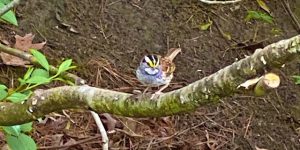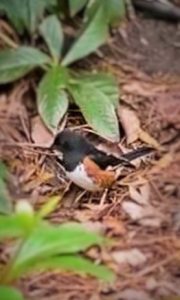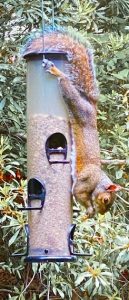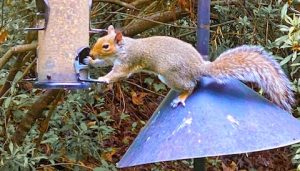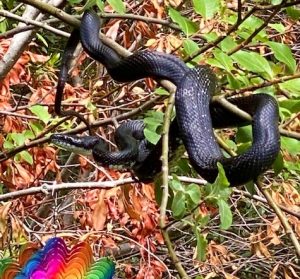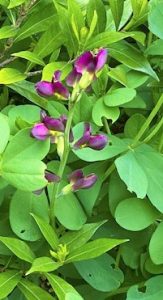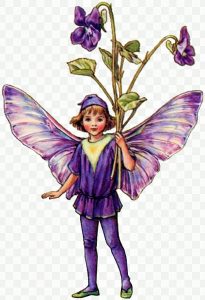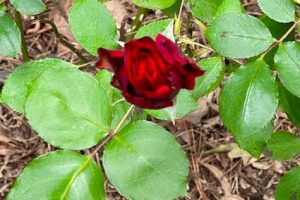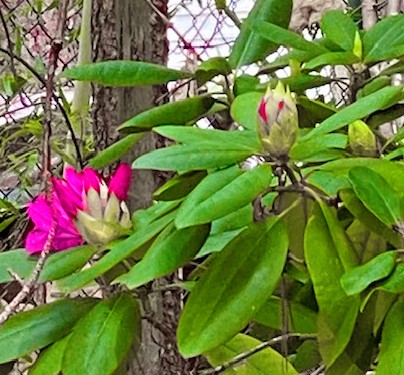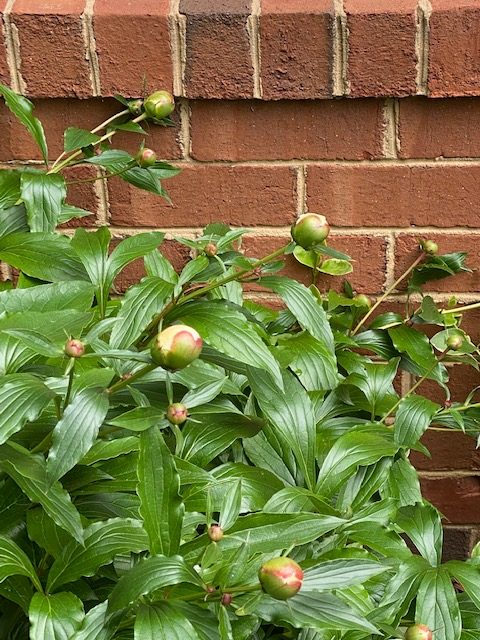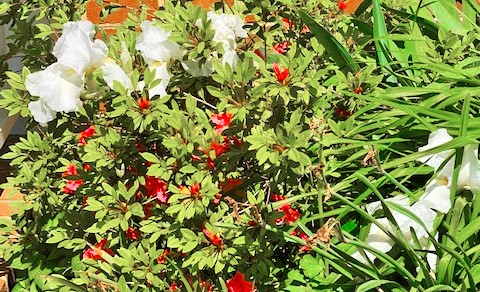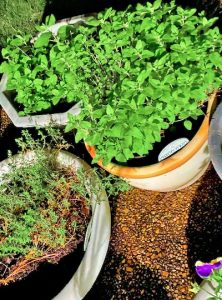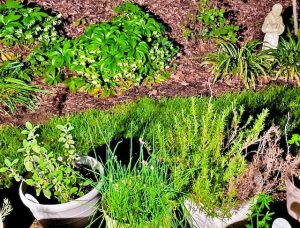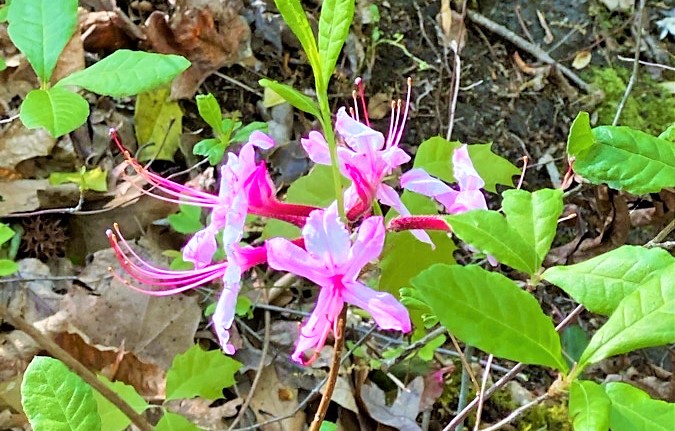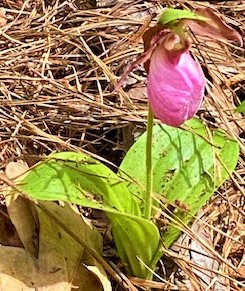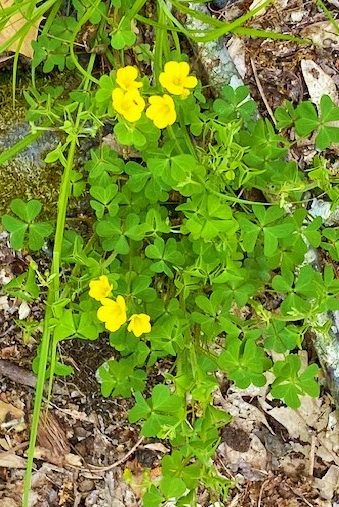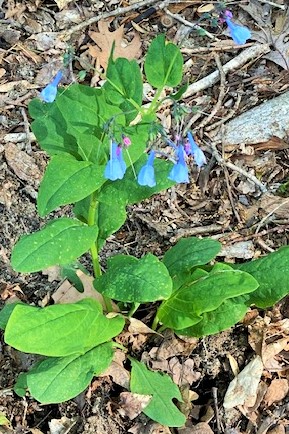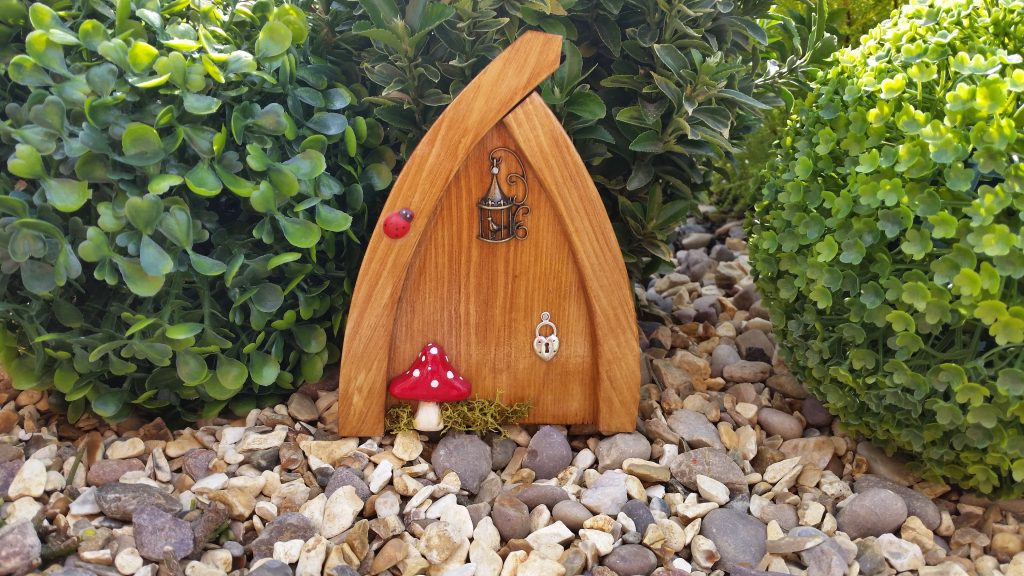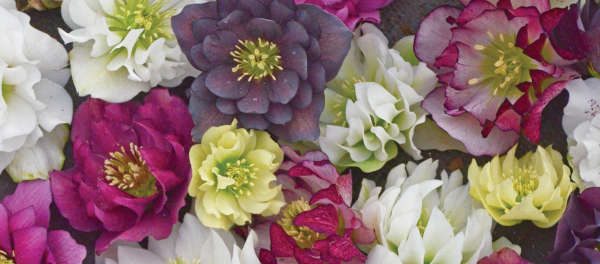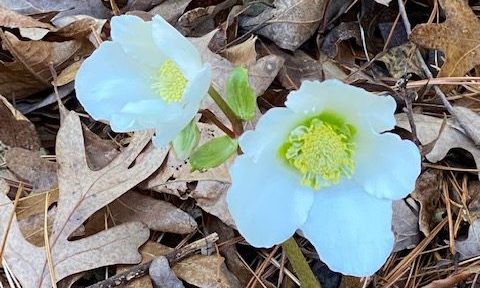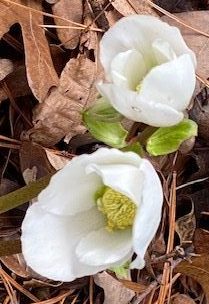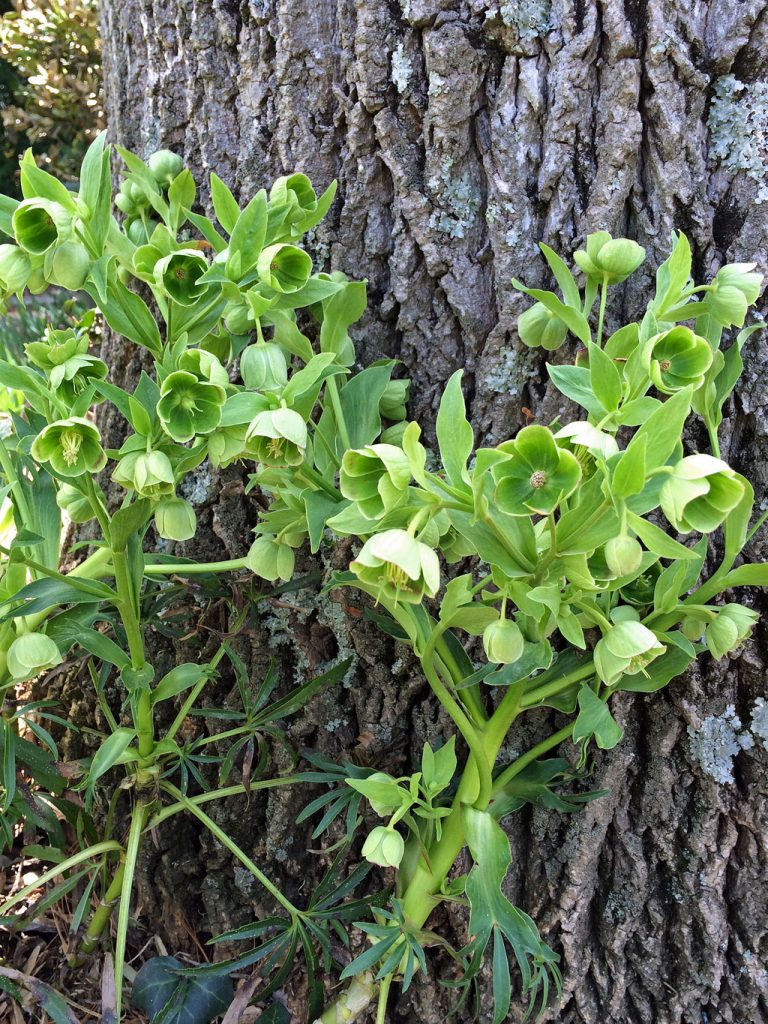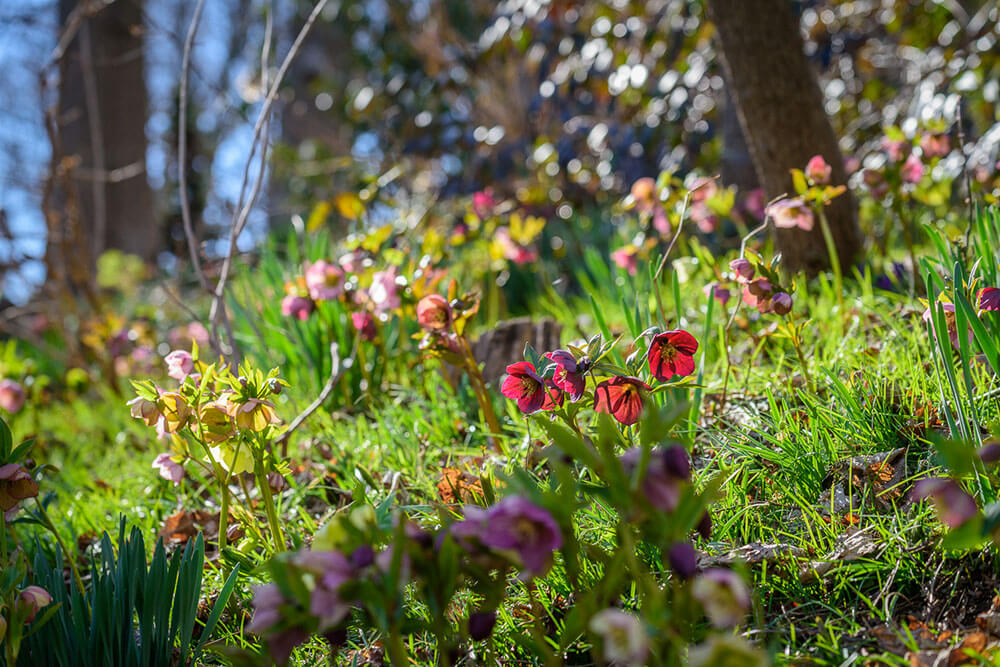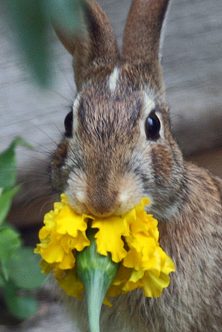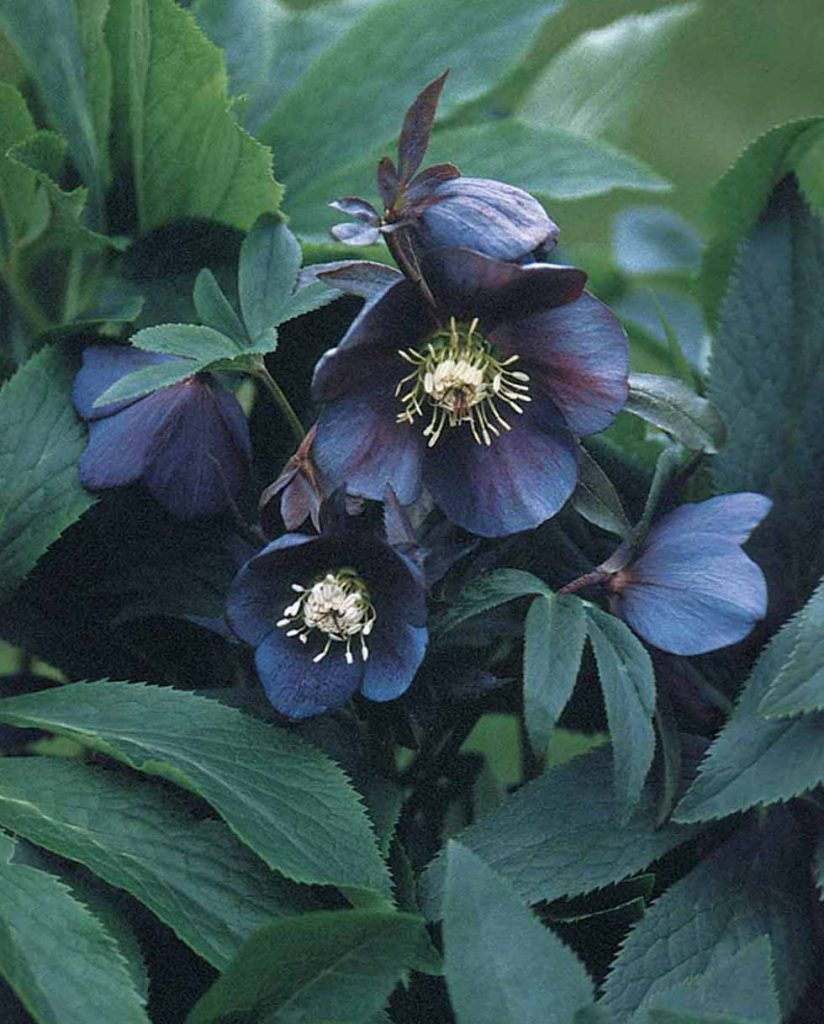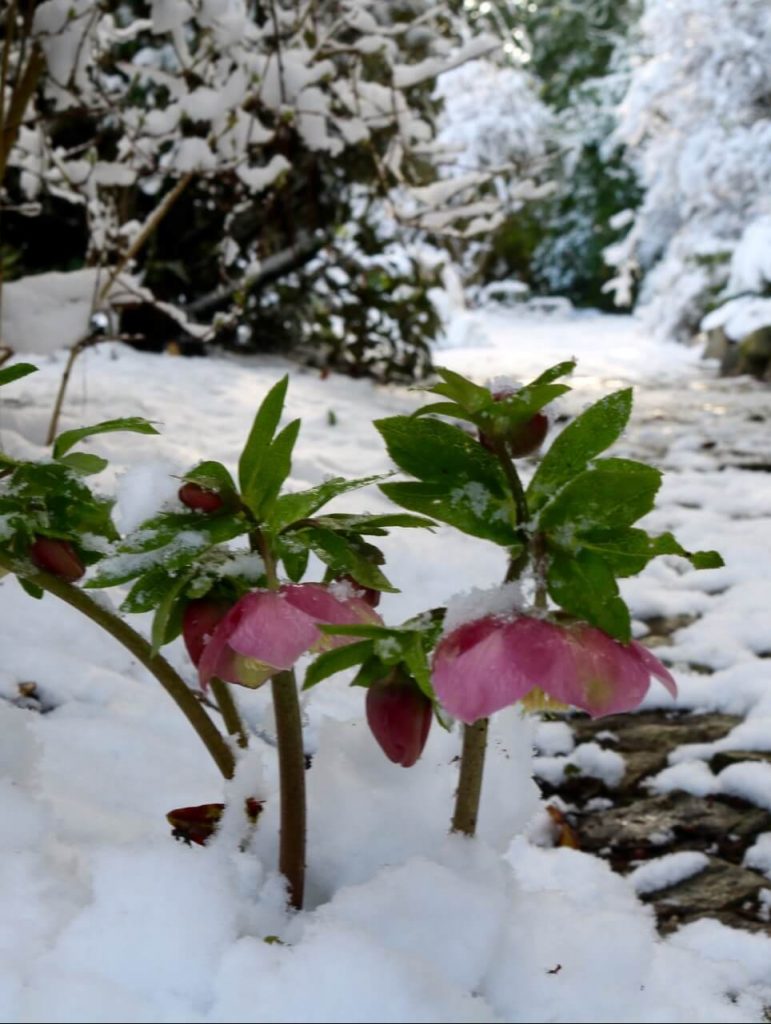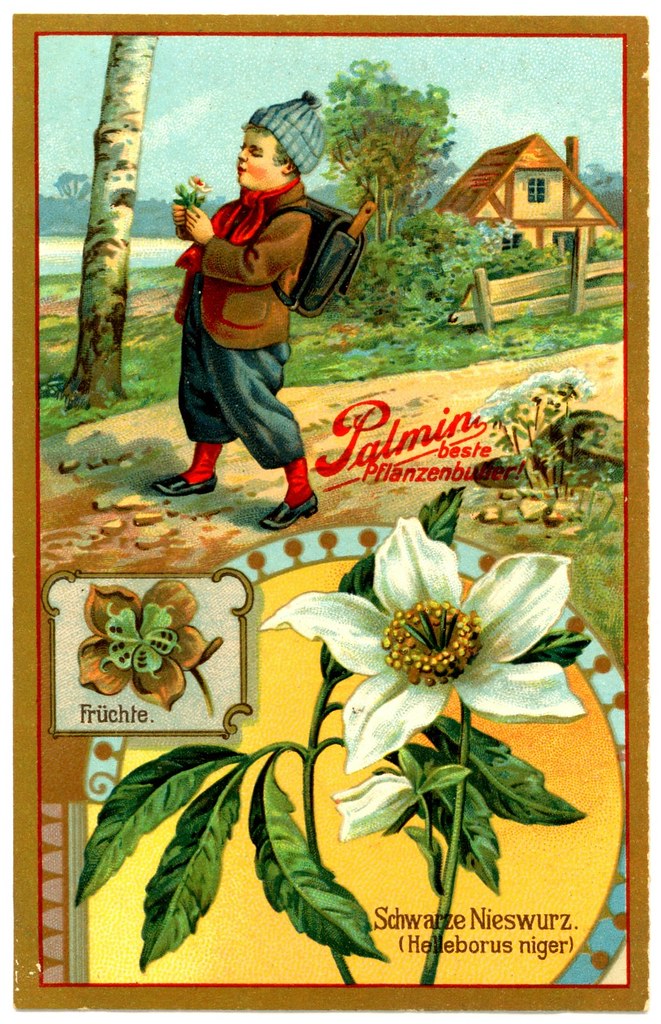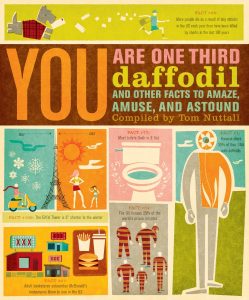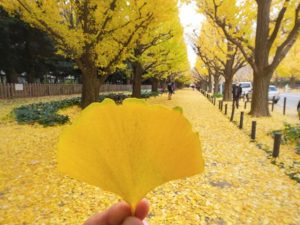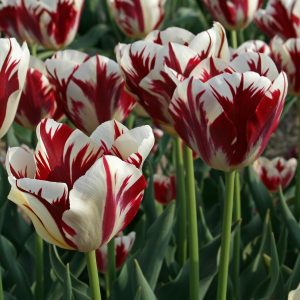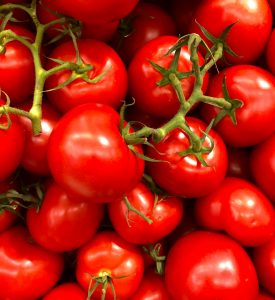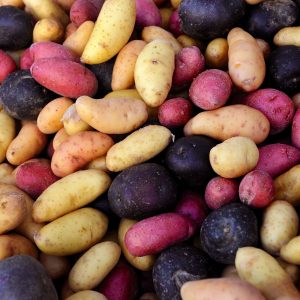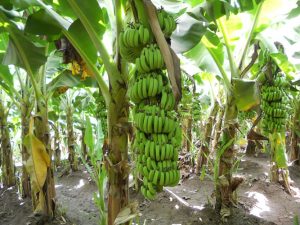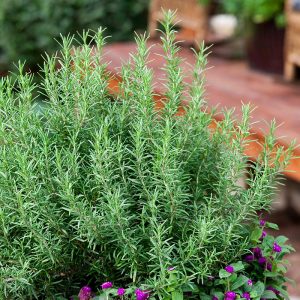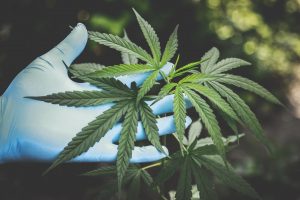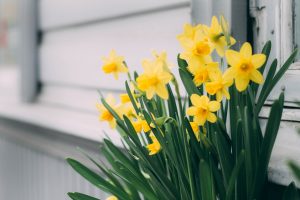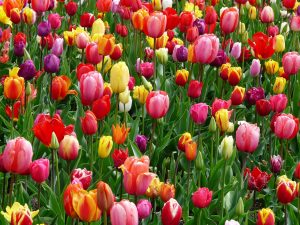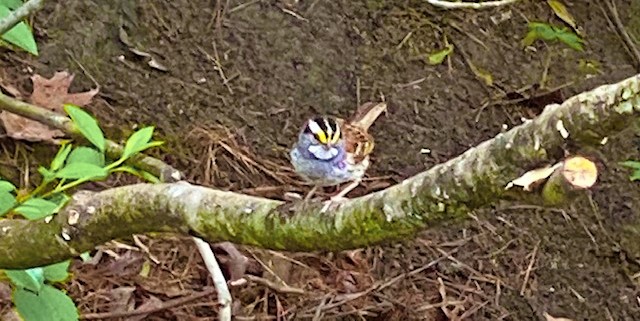
My most recent book purchase arrived on my doorstep today, and I immediately went into a flurry of browsing. It’s wonderful!
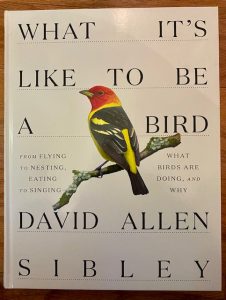
This is Sibley’s most recent book, published in April, 2020. When I sought it out on Amazon, it was already back ordered! Not being particularly patient, I ordered it on Kindle and started reading immediately.
N.B. It’s better as a physical book. For one thing, the illustrations are dazzling, and that comes across much better in hardcover. Sibley does his own paintings.
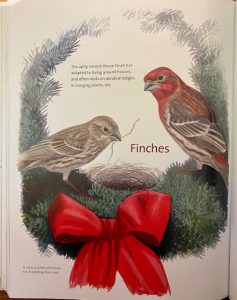
I recently learned that what I’d been calling a purple finch is actually a house finch, so went immediately to the finch section. There I learned that all red, orange, and yellow colors in songbirds come from the carotenoids in their diet, and therefore, the brighter the colors the healthier the bird. What It’s Like to be a Bird isn’t meant to be read straight through, cover to cover. And I, for one find it easier to flip back and forth in a physical book.

Sibley is well known for his books on birds. His various guides are “must haves” for bird identification. These guides are organized, as most field guides seem to be, for the purpose of identification. This isn’t my kind of nature book.
Which raises the question, “What is my kind of nature book?” I easily plucked more than two dozen books off my shelves that, by my classification, are nature books. Here are a few of my favorites.
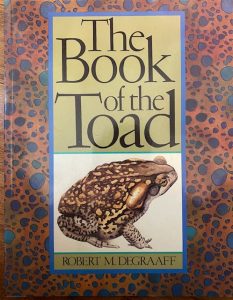
I acquired this book years ago solely because it was written by a colleague at St. Lawrence University. It is delightful! Robert DeGraaff styled The Book of the Toad as “A Natural and Magical History of Toad-Human Relations.” It’s an engaging mix of toad lore, symbolism, biology, use as hallucinogens, etc. The toad’s role in everything from art to witchcraft is in this book.
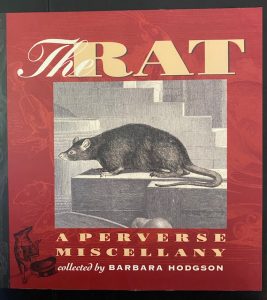
I have a similar book about rats. The Rat: A Perverse Miscellany is filled with fascinating (to me) tidbits about rats, including how they live and are treated around the world. You’ll find rats everywhere, in fables, literature gothic and modern, and in film. Of course, Barbara Hodgson included the role they played in plagues.
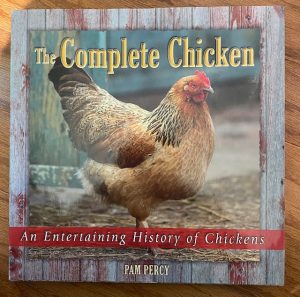
Having farms in my background perhaps explains why I picked up The Complete Chicken on a bargain shelf once upon a time. As a child, I was afraid to gather eggs for fear the hens would peck me. To this day, I can still “smell” the acrid unpleasantnesses of chicken droppings and the wet feathers of chickens killed for the table being scalded for plucking. But Pam Percy‘s book gave me a whole new appreciation for chickens rooting in trees, the best breeds for eating and laying, and the all-around appeal of buff orpingtons. If you tend to think a chicken is a chicken, browse the breeds around the world, from Australia to Zimbabwe.
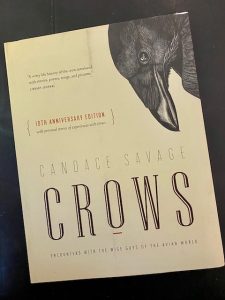
Crows fascinate me. They’re smart. They learn from the older generation about which places/people/sites to avoid without ever experiencing them directly. They communicate. They avoid places where a crow has died. And they’ve adapted beautifully to urban living! Candace Savage, among her many other non-fiction works, wrote Crows: Encounters of the Wise Guys of the Avian World.
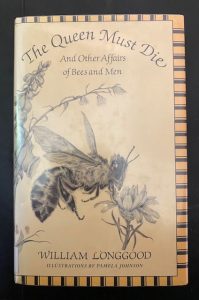
Given the current concern over the future of honeybees, and thus the world, you might want to pick up a copy of The Queen Must Die (not the young adult historical fantasy novel, though that also looks pretty interesting). My copy of the book was discarded at some point by the Fond Du Lac Public Library in Wisconsin, and I have no idea how it came to be on my shelf.
According to author William Longgood, “Bees are more than a hobby; they are a life study, in many respects a mirror of our own society.” Longwood presents the life of bees as a “work or die” society, with only collective wealth (honey), each bee so dependent upon the whole that an isolated bee, even with the right food and temperature, will soon die. Lots of interesting (to me) bits of info, such as one hive filled with honey can weigh 80 pounds. Bees were studied and written about by the ancient Greeks. A queen can lay as many a 2,000 eggs a day. And then she dies.
Perhaps you’ve noticed that the above books all deal with animals, and I guess that is a recurring choice—perhaps because they are animate, and thus more likely to have personalities.
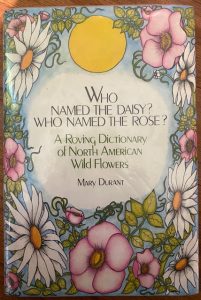
But I’ve recently spent more time on flowers and plants than before, and I find there’s more to them than their looks and uses. One of my favorite finds was Who Named the the Daisy? Who Named the Rose? A Roving History of North American Wildflowers.
Here’s a quote from Mary Durant: LUPINE, by its own choice, thrives on poor oil. But in ancient days the concept of cause and effect were reversed, and it was believed that lupine destroyed the soil, that it wolfed the nourishment out of the earth. Thus it was named after the wolf—lupus, in Latin.
I’m now more interested in knowing what I am seeing. There are at least two free plant identification apps available for smart phones, as well as several subscription services for sale. I’m much more likely to snap a picture and find out immediately what I’ve seen than try to remember the details necessary to look it up in a guide.
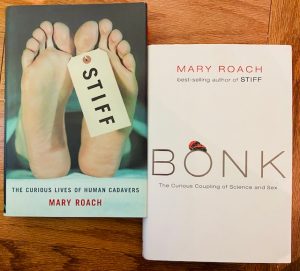
Mary Roach, though she claims to “fake her way through interviews with experts she doesn’t understand,” manages to write fascinating non-fiction books a wide variety of subjects. The titles say all that is necessary about why virtually anyone would find these books entertaining as well as informative.
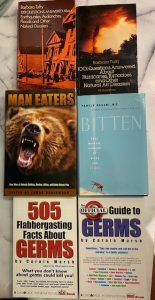
Then, too, I have books on earthly things, dangerous things, and invisible things. But this has gone on long enough. Suffice it to say, whatever aspect of nature catches your interest, there’s a book on that!
Before I wrote this blog, I’d never have characterized myself as a nature buff. But now?
